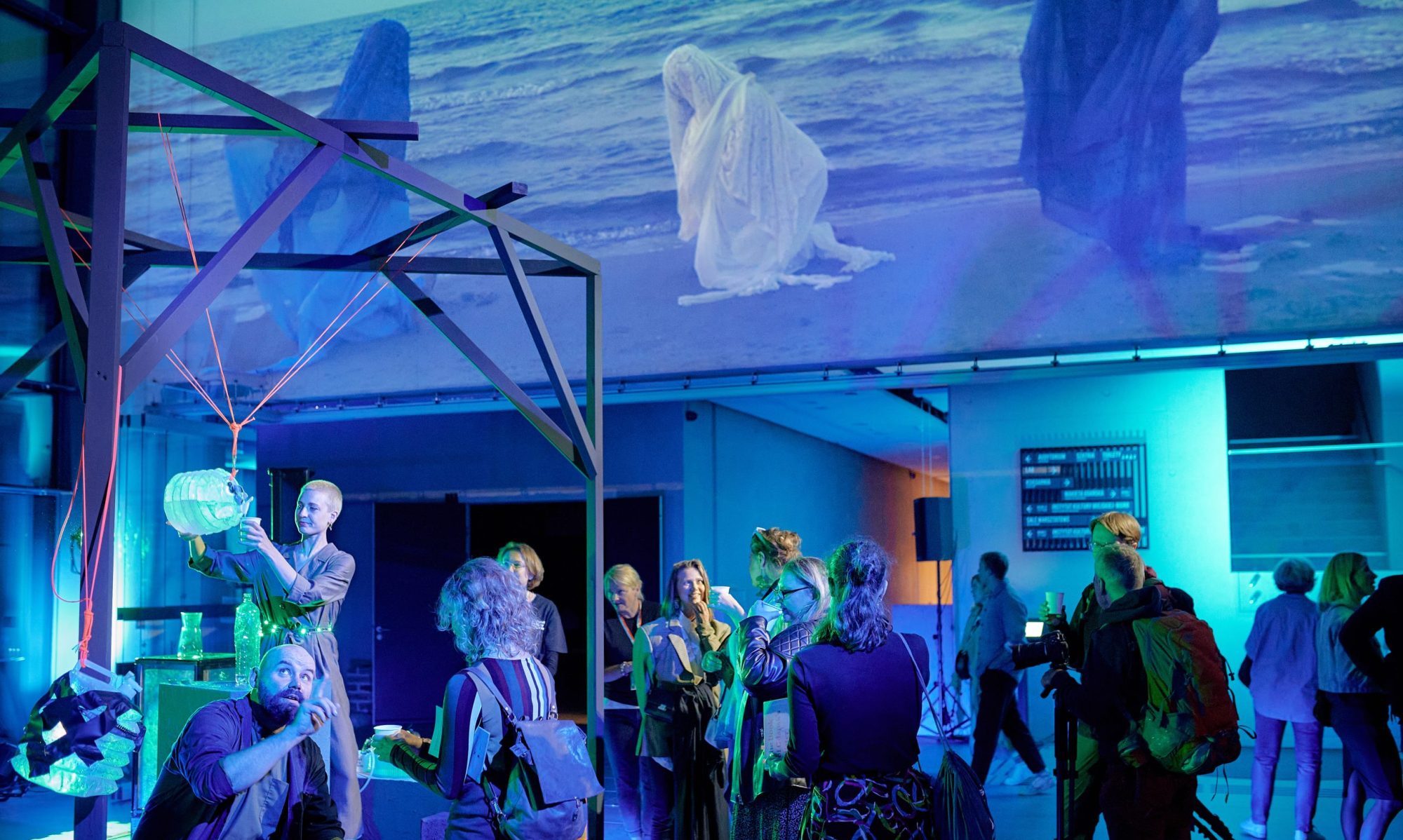Helka was still in her pyjamas when Frida came to collect her. They ate bilberry pie for breakfast and decided to head for the Pimpelipom-hills. Frida sprinted upstairs to fetch her stuff and Helka begun the meticulous process of testing which of her caps would best match the band-aids in corner of her eye. She settled on the pink one, which showed the band-aid just enough to spark curiosity.
I was drying a piece of timber in the microwave. A slice of birch from Tammisaari which I cut the day before. While cooking it first smells like a damp forest, then like a sauna and towards the end like bread (I guess it’s the sugars in the wood). The bilberries were from the same site as the birch.
Frida returned with a purse and wore brand new white sneakers. She was proud to tell me that they were for her camping trip. Helka got a purse too, a leather one, with a gold magnet to secure the lid. The excess shoulder strap was held in a loop using an hair tie. They packed phones, cookies and asked to knifes. Helka found the smaller one from Okkos backpack and Frida was happy to get the longer and sharper one, which I keep in the kitchen drawer.
They went outside and I waved at them from the window. Frida strolled around the housing hold company parking lot a few times, showing her new shoes and then they dashed into the woods. There was no conflict, no struggle or grand narrative to refer to. They were just a couple of kids in the woods with knifes in their purses. Detached from history.

